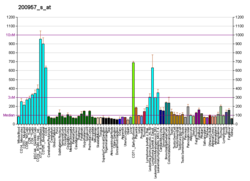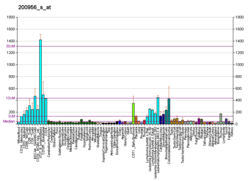
P300/CBP-associated factor (PCAF), also known as K(lysine) acetyltransferase 2B (KAT2B), is a human gene and transcriptional coactivator associated with p53.
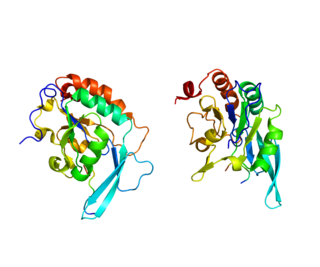
DNA-directed RNA polymerase II subunit RPB1, also known as RPB1, is an enzyme that is encoded by the POLR2A gene in humans.

CDK-activating kinase assembly factor MAT1 is an enzyme that in humans is encoded by the MNAT1 gene.

Cyclic AMP-dependent transcription factor ATF-1 is a protein that in humans is encoded by the ATF1 gene.

Methyl-CpG-binding domain protein 2 is a protein that in humans is encoded by the MBD2 gene.
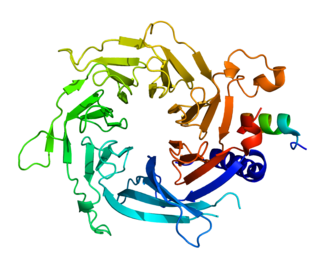
Histone-binding protein RBBP7 is a protein that in humans is encoded by the RBBP7 gene.

SWI/SNF-related matrix-associated actin-dependent regulator of chromatin subfamily B member 1 is a protein that in humans is encoded by the SMARCB1 gene.

General transcription factor IIH subunit 4 is a protein that in humans is encoded by the GTF2H4 gene.

Transcription initiation factor TFIID subunit 4 is a protein that in humans is encoded by the TAF4 gene.

FACT complex subunit SPT16 is a protein that in humans is encoded by the SUPT16H gene.
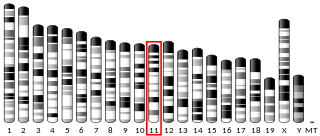
Transcription elongation factor SPT4 is a protein that in humans is encoded by the SUPT4H1 gene.

Mediator of RNA polymerase II transcription subunit 21 is an enzyme that in humans is encoded by the MED21 gene.

Mediator of RNA polymerase II transcription subunit 17 is an enzyme that in humans is encoded by the MED17 gene.

Helicase SRCAP is an enzyme that in humans is encoded by the SRCAP gene.

Remodeling and spacing factor 1 is a protein that in humans is encoded by the RSF1 gene.

General transcription factor IIH subunit 1 is a protein that in humans is encoded by the GTF2H1 gene.

Zinc finger protein 143 is a protein that in humans is encoded by the ZNF143 gene.

General transcription factor IIF subunit 1 is a protein that in humans is encoded by the GTF2F1 gene.
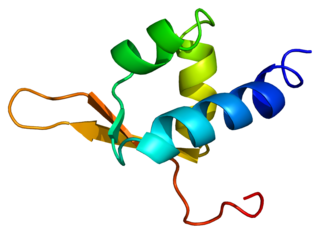
General transcription factor IIF subunit 2 is a protein that in humans is encoded by the GTF2F2 gene.
FACT is a heterodimeric protein complex that affects eukaryotic RNA polymerase II transcription elongation both in vitro and in vivo. It was discovered in 1998 as a factor purified from human cells that was essential for productive, in vitro Pol II transcription on a chromatinized DNA template.




